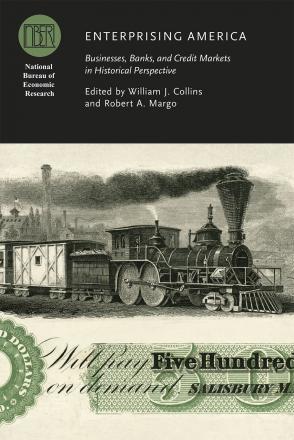Corporate Governance and the Development of Manufacturing Enterprises in Nineteenth-Century Massachusetts

This paper analyzes the use of the corporate form among nineteenth century manufacturing firms in Massachusetts, from newly collected data from 1875. An analysis of incorporation rates across industries reveals that corporations were formed at higher rates among industries in which firm size was larger. But conditional on firm size, the industries in which production was conducted in factories, rather than artisanal shops, saw more frequent use of the corporate form. On average, the ownership of the corporations was quite concentrated, with the directors holding 45 percent of the shares. However, the corporations whose shares were quoted on the Boston Stock Exchange were ‘widely held’ at rates comparable to modern American public companies. The production methods utilized in in different industries also influenced firms’ ownership structures. In many early factories, steam power was combined with unskilled labor, and managers likely performed a complex supervisory role that was critical to the success of the firm. Consistent with the notion that monitoring management was especially important among such firms, corporations in industries that made greater use of steam power and unskilled labor had more concentrated ownership, higher levels of managerial ownership, and smaller boards of directors.
-
Copy CitationEric Hilt, Enterprising America: Businesses, Banks, and Credit Markets in Historical Perspective (University of Chicago Press, 2014), chap. 2, https://www.nber.org/books-and-chapters/enterprising-america-businesses-banks-and-credit-markets-historical-perspective/corporate-governance-and-development-manufacturing-enterprises-nineteenth-century-massachusetts.Download Citation
-


